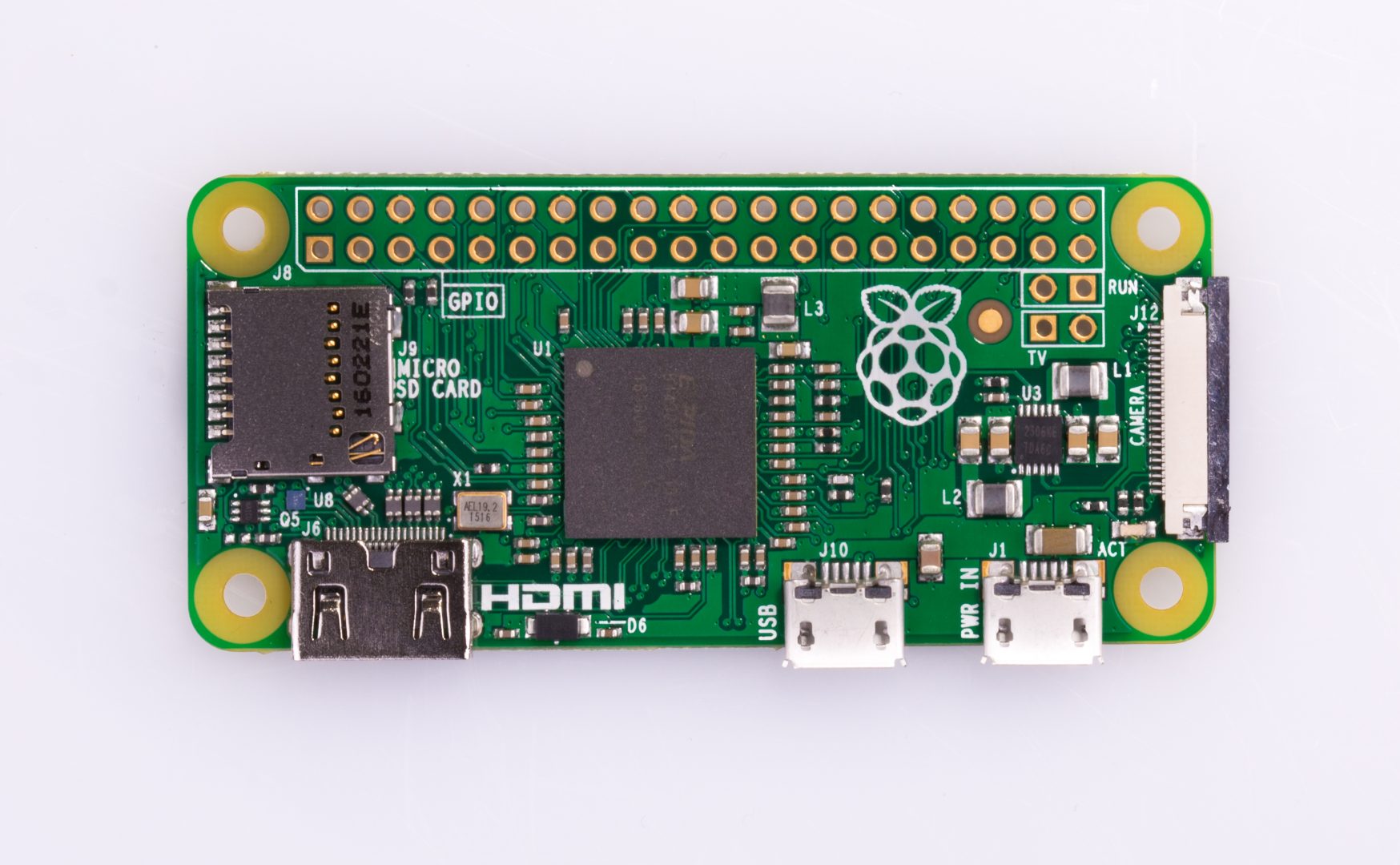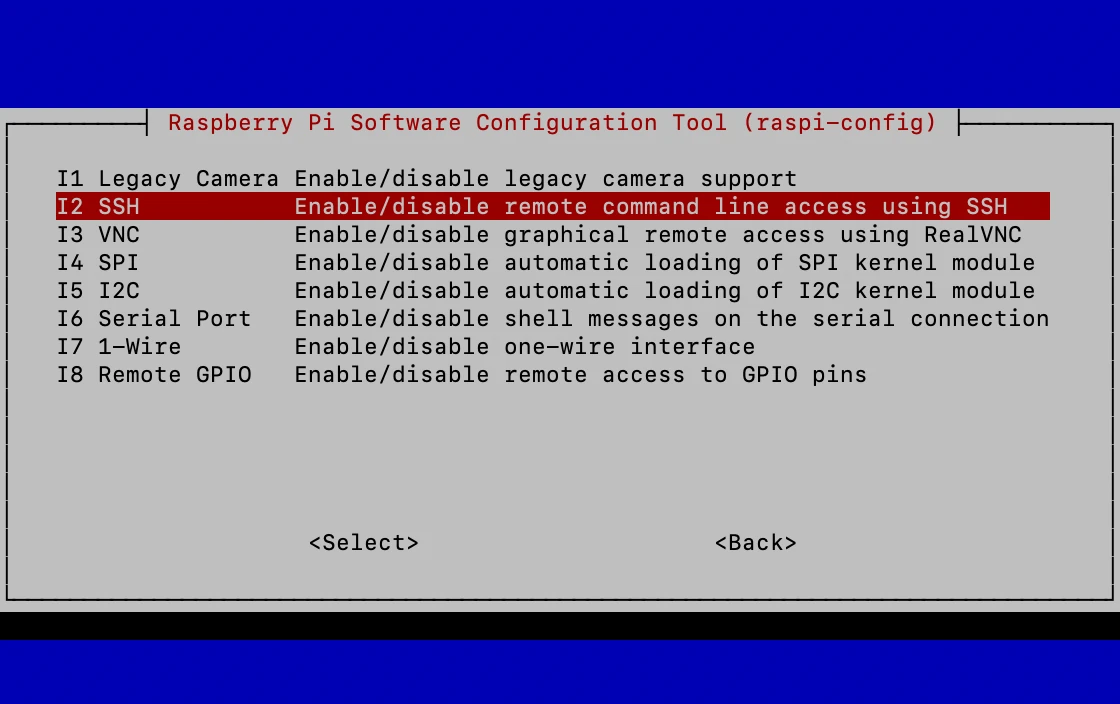Can I Access My Raspberry Pi Remotely On Windows 10?
Accessing your Raspberry Pi remotely from a Windows 10 device is not only possible but can significantly enhance your workflow. Whether you're managing a home server, running IoT projects, or simply controlling your Raspberry Pi from another location, remote access offers convenience and flexibility. In this article, we will explore various methods to achieve this, ensuring you have the tools and knowledge to connect effortlessly.
Remote access to your Raspberry Pi is essential for users who want to streamline their operations without needing physical access to the device. With the right setup, you can control your Raspberry Pi from anywhere in the world, provided you have an internet connection. This capability opens up endless possibilities for automation, monitoring, and project management.
Whether you're a beginner or an advanced user, understanding how to access your Raspberry Pi remotely on Windows 10 is a valuable skill. This guide will walk you through step-by-step instructions, tips, and best practices to ensure a seamless connection. Let's dive in and explore the methods that work best for your needs.
Read also:Travis Kelce Likes Trump Understanding The Nfl Stars Political Views
Table of Contents
- Introduction
- Methods to Access Raspberry Pi Remotely
- Using SSH for Remote Access
- Using VNC for Remote Access
- Setting Up RDP for Raspberry Pi
- Recommended Software for Remote Access
- Network Configuration for Remote Access
- Ensuring Security in Remote Connections
- Troubleshooting Common Issues
- Best Practices for Remote Access
- Conclusion
Methods to Access Raspberry Pi Remotely
When it comes to accessing your Raspberry Pi remotely on Windows 10, there are several methods available, each with its own advantages and limitations. The most common methods include SSH, VNC, and RDP. Below, we will discuss these methods in detail to help you choose the one that best suits your needs.
SSH: Secure Shell Protocol
SSH (Secure Shell) is a widely used protocol for secure communication between devices. It allows you to access the command-line interface of your Raspberry Pi from a remote location. SSH is particularly useful for managing files, running scripts, and performing administrative tasks.
VNC: Virtual Network Computing
VNC provides a graphical interface for remote access, allowing you to interact with your Raspberry Pi as if you were sitting in front of it. This method is ideal for users who prefer a visual interface over command-line operations.
RDP: Remote Desktop Protocol
RDP is a Microsoft-developed protocol that enables remote access to Windows-based systems. While Raspberry Pi runs on Linux, it is possible to set up RDP for remote access, making it compatible with Windows 10.
Using SSH for Remote Access
SSH is one of the most straightforward methods for accessing your Raspberry Pi remotely. Here's how you can set it up:
- Enable SSH on your Raspberry Pi by running the command
sudo raspi-configand navigating to the SSH option. - Install an SSH client on your Windows 10 device, such as PuTTY or Windows Terminal.
- Connect to your Raspberry Pi using its IP address and default credentials (username: pi, password: raspberry).
SSH is not only secure but also lightweight, making it an excellent choice for remote management tasks.
Read also:Discover The Best Eastbay Sneakers A Comprehensive Guide To Style Comfort And Performance
Using VNC for Remote Access
VNC offers a more interactive experience compared to SSH. Here's how to set it up:
- Install the RealVNC server on your Raspberry Pi by running
sudo apt install realvnc-vnc-server. - Install the RealVNC Viewer on your Windows 10 device.
- Connect to your Raspberry Pi using its IP address and default credentials.
VNC is particularly useful for users who need to interact with the desktop environment of their Raspberry Pi.
Setting Up RDP for Raspberry Pi
Setting up RDP for Raspberry Pi involves installing an RDP server on the device. Here's how you can do it:
- Install xrdp on your Raspberry Pi by running
sudo apt install xrdp. - Start the xrdp service using the command
sudo systemctl start xrdp. - Use the Remote Desktop Connection app on your Windows 10 device to connect to your Raspberry Pi.
RDP provides a seamless experience for users accustomed to the Windows Remote Desktop environment.
Recommended Software for Remote Access
There are several software tools that can facilitate remote access to your Raspberry Pi from Windows 10. Some of the most popular ones include:
- PuTTY: A free SSH client for Windows.
- RealVNC Viewer: A graphical remote access tool for VNC connections.
- xrdp: An open-source RDP server for Linux systems.
- Windows Terminal: A modern terminal application for Windows 10 that supports SSH.
Choosing the right software depends on your specific requirements and preferences.
Network Configuration for Remote Access
Proper network configuration is crucial for successful remote access. Here are some key considerations:
Static IP Address
Assigning a static IP address to your Raspberry Pi ensures that its address remains consistent, making it easier to connect remotely.
Port Forwarding
If you plan to access your Raspberry Pi from outside your local network, you may need to configure port forwarding on your router. This allows incoming connections to reach your device.
Dynamic DNS
Dynamic DNS services can help you access your Raspberry Pi using a domain name instead of an IP address, which can change over time.
Ensuring Security in Remote Connections
Security should always be a top priority when setting up remote access. Here are some best practices to keep your Raspberry Pi secure:
- Change Default Credentials: Update the default username and password to prevent unauthorized access.
- Use Strong Passwords: Create complex passwords that are difficult to guess.
- Enable Two-Factor Authentication: Add an extra layer of security by requiring a second form of verification.
- Regularly Update Software: Keep your Raspberry Pi's operating system and applications up to date to patch vulnerabilities.
By following these practices, you can minimize the risk of security breaches and protect your device.
Troubleshooting Common Issues
Even with careful setup, you may encounter issues when trying to access your Raspberry Pi remotely. Here are some common problems and their solutions:
Connection Refused
This issue often arises due to incorrect IP addresses or port configurations. Double-check the IP address and ensure that the necessary ports are open on your router.
Authentication Failed
Ensure that you are using the correct username and password. If you have changed the default credentials, make sure to update them in your remote access software.
Slow Connection
A slow connection can be caused by network congestion or insufficient bandwidth. Try connecting during off-peak hours or upgrading your internet plan if necessary.
Best Practices for Remote Access
To ensure a smooth and efficient remote access experience, consider the following best practices:
- Regular Backups: Backup your Raspberry Pi's data regularly to prevent data loss.
- Monitor Activity: Keep track of remote access attempts to detect any suspicious activity.
- Optimize Performance: Close unnecessary applications and services on your Raspberry Pi to improve performance.
- Document Setup: Keep a record of your setup process, including IP addresses, port numbers, and software configurations.
Implementing these practices will help you maintain a reliable and secure remote access setup.
Conclusion
Accessing your Raspberry Pi remotely on Windows 10 is a powerful capability that can enhance your productivity and flexibility. Whether you choose SSH, VNC, or RDP, each method offers unique advantages depending on your needs. By following the steps outlined in this guide and adhering to best practices, you can set up a secure and efficient remote access system.
We encourage you to try out these methods and share your experiences in the comments below. Additionally, feel free to explore other articles on our site for more tips and tutorials on Raspberry Pi and related technologies. Happy tinkering!
For further reading, consider consulting the official Raspberry Pi documentation or exploring resources from reputable sources such as the Raspberry Pi Foundation and Microsoft Docs.
Article Recommendations


